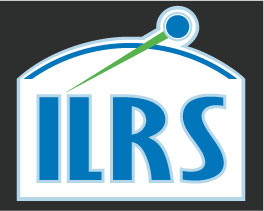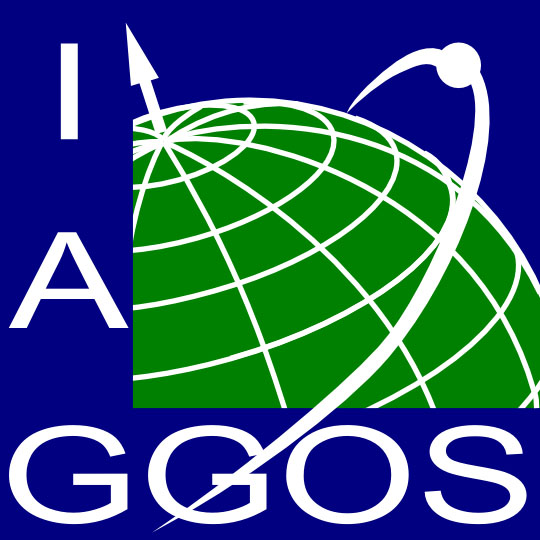Quick Links
- Network Map
- List of Stations
- Monthly Report Card
- Quarterly Report Card
- Network Status Page
- Potsdam CPF time bias service
- Procedure for estimating laser beam divergence
- Recent Station Upgrades
- Network station application form
- Revised ILRS station screening process at ILRS Operations Centers (NASA and EDC)
ILRS NEWG Meeting (Washington D.C. 2002)
Washington DC
November 7, 2002
Participants: Mark Torrence, Werner Gurtner, Ludwig Combrinck, Graham Appleby, Paul Stevens, Hiroo Kunimori, Randy Ricklifs, Roger Wood, Georg Kirchner, Howard Donovan, David Carter, Kazimirs Lapushka, Matti Paunonen, Jerry Wiant, Ulrich Schreiber, Wolfgang Seemueller, Ivan Prochazka, Keitapu Maamaatuaiahuta, Chris Moore, Philip Gibbs, Stefan Riepl, Mark Davis, Vince Noyes, Carey Noll, Scott Wetzel, Peter Shelus, Van Husson, Julie Horvath, and Mike Pearlman
Van Husson reported that site logs have been posted on a master Excel spreadsheet for ease of access and updating. All stations are included except the three Russian sites. Dr. Natalia Parkhomenko has said that they will try to get their information submitted as soon as possible. The Central Bureau has asked the representatives from the stations who are present at the Laser Workshop to visit the Central Bureau booth in the vendor area to fill in missing or erroneous information. Information on site ties is also a problem. Changes in the ties are sometimes noted, but not being recorded in the site logs. Although we have attempted to simplify the data recording and update procedures for the Site Logs, it was suggested that we should look at the IGS Site Log procedures to see if their implementation is somehow easier. Several additions to the Site Log file are pending; including manufacturer specification for commonly used components and ranging wavelength.
Mike Pearlman reported on the Knowledge Base. The on-line bibliography is being cleaned up to delete redundancies and format irregularities. The references to all of the Workshop articles have been placed in a standard format and categorized under general topics. We next need to designate key words to aid the search process. The Signal Processing Group and the Central Bureau are working on a satellite center-of-mass web page to tabulate the corrections available. Van Husson is working on an on-line "Hardware Hints and Tips" catalog for the stations, starting with some of the most commonly used components such as the Stanford Counters, C-Spads, PMT's etc. Van has a presentation on ILRS Timers that he will give at the Laser Workshop Session on Tuesday.
Stations are currently receiving LAGEOS data quality assessment reports from several analysis centers. Differences in results and formats, and the large amount of information delivered, has left the stations confused on how to interpret these results. The Analysis Working Group has a pilot project underway to understand and consolidate these results. The stations need one report, with meaningful parameters, in an easy to digest format. The Networks and Engineering Working Group recommends that we facilitate a dialog between the stations and the Analysis Working Group to address the following questions:
- How should the reports from all of the Analysis Centers be consolidated?
- What parameters do the stations need?
- Should analysis reports include results on more than just LAGEOS?
- Could reports be groomed for each station?
- How should the report be presented? Website, ftp file, email? How often?
Although improvement in the performance assessment reports to the stations is very important, concern was expressed that we do not want to increase station reliance in the Analysis Centers for quality control at the expense of on-site data scrutiny. Many problems that are detected by the Central Bureau and the Analysis Centers, should have been seen at the station if adequate review processes on
range and calibration data were in place.
Several of the Working Groups discussed adding flexibility to the tracking priority list to encourage stations to increase the effectiveness of their data acquisition. In some cases we have an abundance of data on some satellites with a dearth of data on others. So far it has been difficult to get quantified data requirements for many of the missions. Several ideas on "flexibility" rules were suggested based on the real-time status update information available through the AIUB server now available to the stations. We need a focussed activity to develop a workable approach. A separate workshop to examine options might get this item moving.
- NASA Official: Frank Lemoine
- Web Developers: 610 Web Dev
- Contact Us
- Last modified date: Sep 7, 2012
- Privacy Policy & Important Notices




